I imagine a witch as a female personification of a soul able to see beyond the veil. She holds the skill of bringing forth magic from the Source to the Mundane. Of course, she can also fly and always is accompanied by a cat!
Ghosts, witches, pumpkins, scary stories, candy, costumes, spiders, and bats. These are a few of the things that pop into my mind when I consider Halloween.
Yet the most pressing consideration for me is: why do people get so excited about death and spooky things, when dying is the root fear for the vast majority of us?
If we look deeply into the human heart, fear of death, and the loss of loved ones to death, touches all other fears, for death contains the unknown, and imagined possible annihilation of self and others.
So, why a day to honor our greatest fear?
In order to understand why we honor the spooky scary things of life on Halloween, we need to look backwards
A brief side note here on looking at interesting history: I want to highlight a beautifully-written substack publication called BERKANA, which uncovers forgotten histories with an unusual depth of spirit.
We often celebrate Halloween without consideration of its roots. Instead, we are carried by the winds of current tradition and cultural habits with little thought. Over time, Halloween’s traditions shifted and morphed until our collective memory for the roots of this interesting holiday became a dim light upon on a distant hill. There is nothing innately wrong with this. However, we can go towards that distant light on the hill to rediscover how and why Halloween exists at all.
Samhain: the hallowed time of an ancient world
Halloween’s earliest known roots are in the ancient Gaelic, or Celtic, pagan festival of Samhain. This festival marked the end of harvest and the beginning of winter. It was an important time of transition, and was seen as a thin veil between this world and the next, allowing communication with the dead.
Samhain was an acknowledgment of nature and of the unknown, marked by spiritual traditions with wide sweeps of folklore and sprinkles of political intimidation. Like so many human creations, it was a mixed bag of the awesome and the profane. On the side of the awesome, Samhain was a way to face with collective courage and curiosity those things which are bigger than our individual selves, like nature and death.
Today, the holiday of Halloween (predominately celebrated in America and Canada) carries influences of Samhain. Halloween enthusiasts clad themselves in an endless array of customs, echoing the practice of disguise against unwanted ghosts during the Samhain festivities. And when people carve our jack-o’-lanterns, they are carrying forth the tradition of hollowed guards used as lanterns from the long ago Celtic world.
Yet Halloween is a distant cousin of Samhain. It is a morphed version, helped in large part by Christianity’s attempt centuries ago to override the pagan holiday with their own version. In the 9th century Pope Gregory created All Saints’ Day, on November 1, with All Souls’ Day, following on November 2, containing prayer and fasting. In fact, Halloween (the contracted All Hallows Eve) is most commonly celebrated on October 31, the eve of All Saint’s Day, also known All Hallows Eve.
After all the mishmash of traditions vying for spiritual authority, Halloween has strangely become not so much a celebration of transition and folklore, or prayer and fasting, but one of play and fun. It’s a day in which children dress in cute costumes of little skunks or princesses, adults dress as sexy versions of almost any form (witches, nurses, pirates ect…), and gore and fright parade as caricatures of folklore or nightmare—all of it topped with loads of candy! (I’m not complaining.)
Maybe I’ve missed something and Halloween is still collectively celebrated with spiritual intent, but I don’t recall bigger than life folklore, or spiritual significance of nature’s transition embedded in my childhood experience of Halloween. Although, perhaps we like to assume those imagined Celtic people of the past moved with more meaning than we do to give us a hope we can recover our sense of mystery and awe of life as we embed ourselves ever deeper into the cyber matrix, bending over for the master of the Screen.
Even if many participants of Samhain and All Saints Day didn’t celebrate with intention of the spiritual, do not the beginnings of the ancient Celtic tradition, and even Christianity’s attempt to override Samhain, hold a depth and meaning that the modern American Halloween lacks? Our Halloween is far more a hedonistic play than a meaningful time of transition.
Loss of meaning
Culture is losing depth and the willingness to grapple with subtlety in order to uncover our thirst for a meaningful life. Maybe it’s the commercialization of nearly everything that swipes away the color of our days, or perhaps it is a collective fear of the unknown turned into laziness. Whatever the reason, in order to create, discover and share meaning with others, we need to be willing to face the unknown and ask questions in uncomfortable waters until we find Ultimate Truth.
Stepping off the comfortable path, we risk pain, but oh, we discover treasures! Nothing in my life that is the most meaningful has come to me because I stayed on a path, afraid to venture into the woods. Only when I brazenly step off old paths do my treasures come rushing to me, like long-lost friends.
New, or fresh, paths are scary, causing us to tremble. Questions about death, dying, living, the universe and our place in it are no different. These inquisitive explorations are all fresh paths that create internal tension. Unfortunately, tension hurts. That is, until we realize a diamond is being created, and the tension becomes a play of the old dissolving into the new. And in my opinion, finding Ultimate Truth is the most exquisite diamond in the human experience.
I admire the willingness of the ancient Celtic culture who allowed nature to usher them into grappling with the unknown, the first step of finding Truth.
Magical Soul
Whether or not you enjoy witches, pumpkins, candy, or spooky things, there is something magical about fall. It is a season when the air grows crisper, and the energy of nature quiets down. Fall is a time to ponder that energy cannot be created or destroyed, but is ever transformed. I find this idea of transformation bittersweet. The beauty and terror of death in one sense, but eternity in another, squeezes my heart. These two ideas of death and eternity holding each other in an unwavering embrace is something I don’t pretend to truly understand, and maybe never will.
Yet, even with the absence of fully understanding nature, if we are able to reflect the embrace of death and eternity reflected in nature’s transformation within our awareness, a calm courage blossoms and we feel ready to grapple with those big, often uncomfortable questions pertaining to death and our very existence in this unfathomable universe.
As our awareness guides us, both intellectual and experiential, into discovering Ultimate Truth, we become a magical soul, our very breath a mirror onto our awareness, and maybe the unfathomable quality of reality loses those sharp, gripping edges of fear. And maybe our loss of loved ones becomes awe to replace overpowering sorrow.
For those of us who celebrate Halloween, as we step into our costumes and/or carve our pumpkins, our Celtic ancestors who celebrated Samhain sing for us to remember the veil between what is familiar, and the unfathomable ultimate nature of reality.
Now THAT is magic!
Until next time, my friends, remember your magic. I send you light and love. Happy Halloween!
Renee


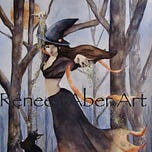


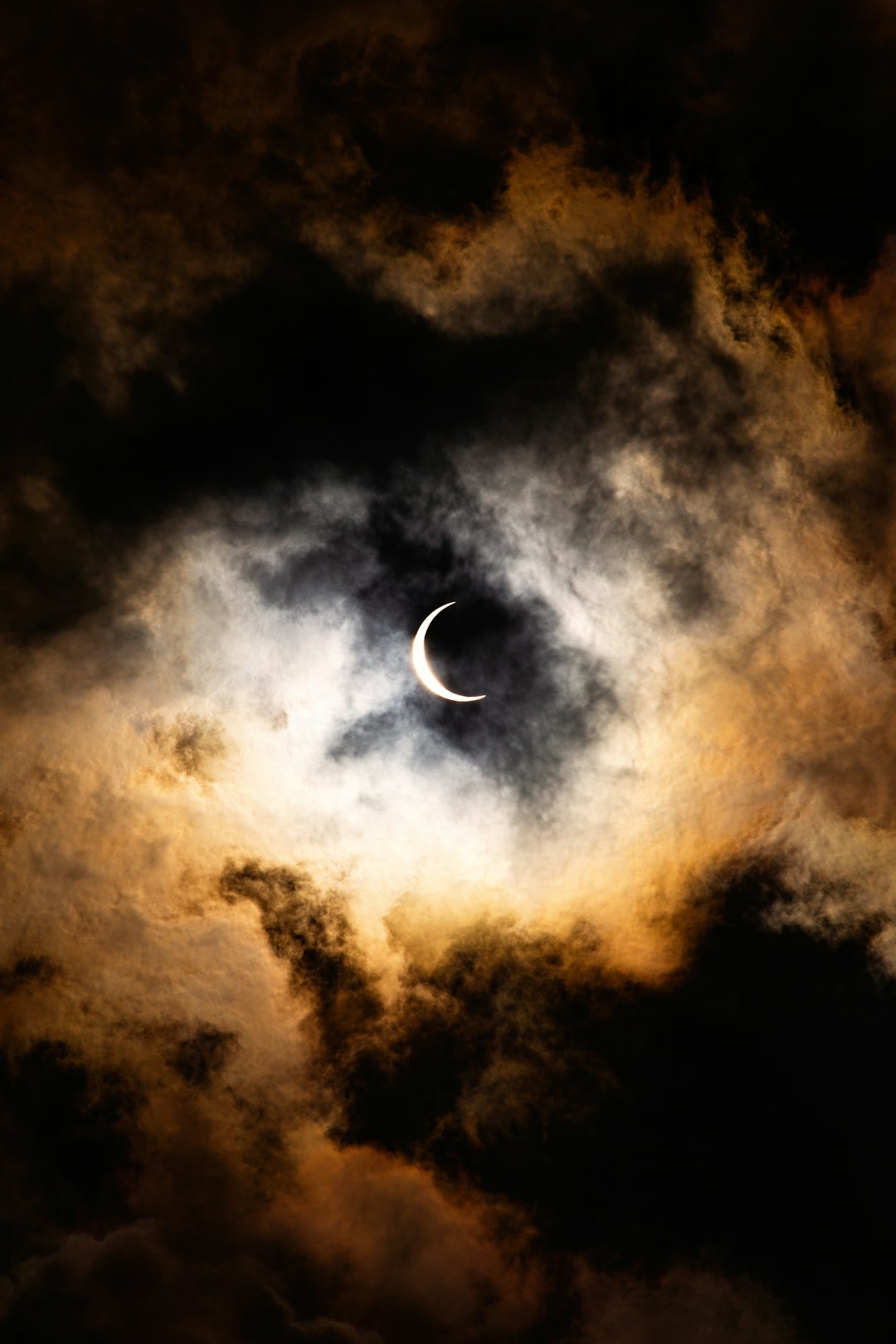

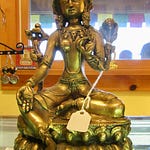

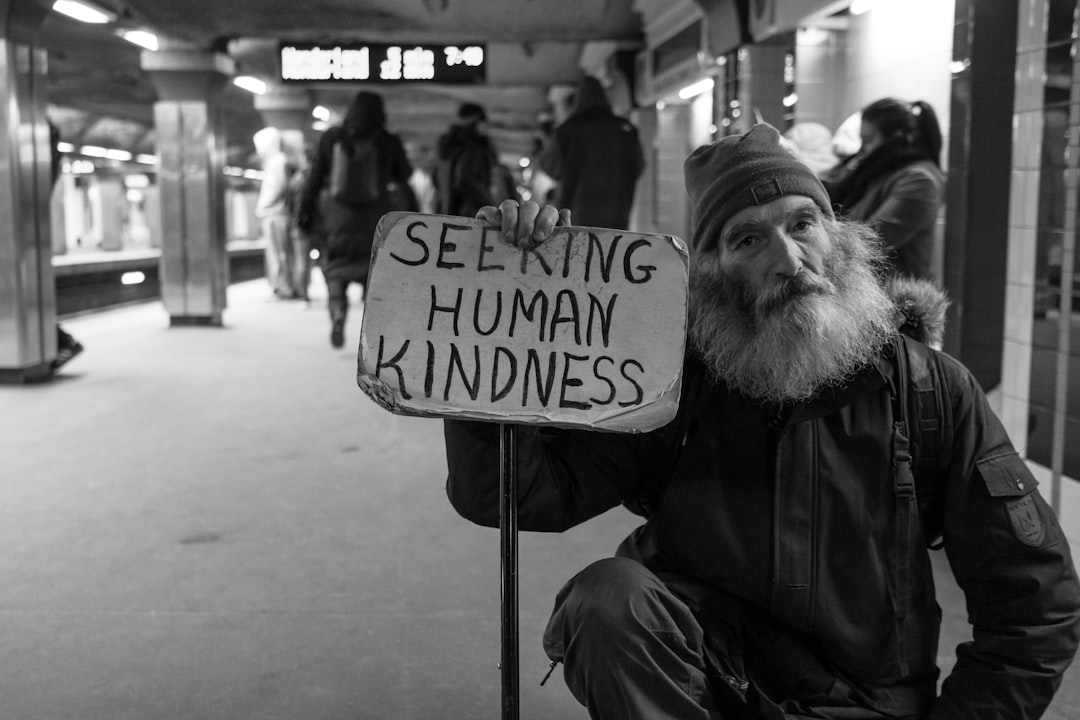

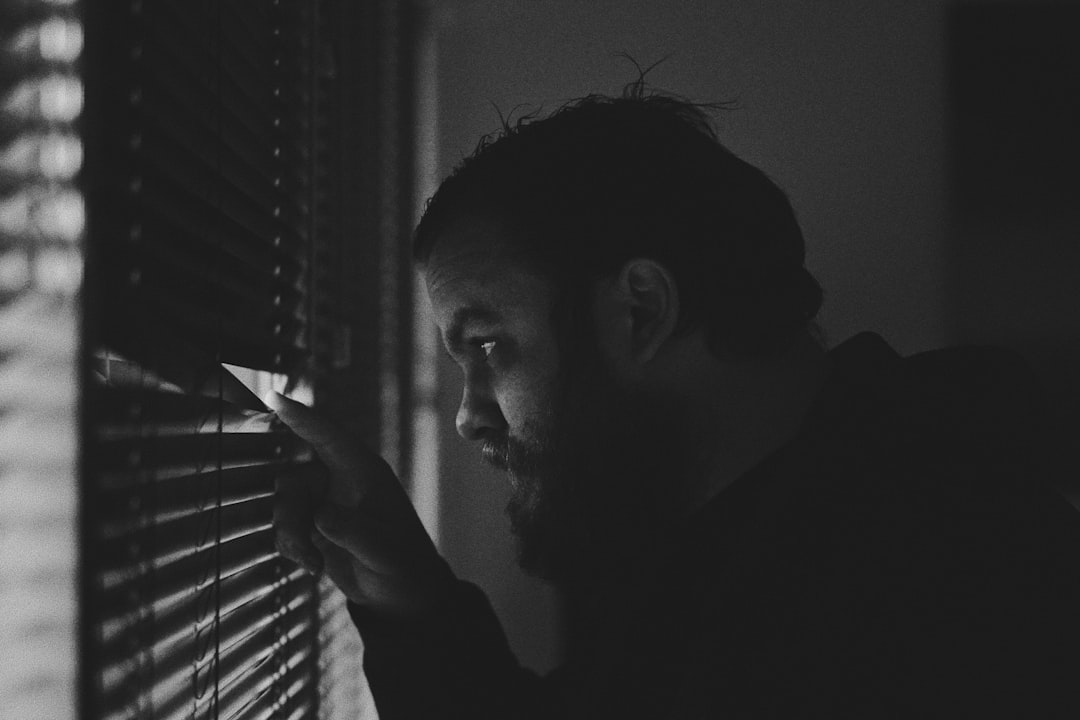

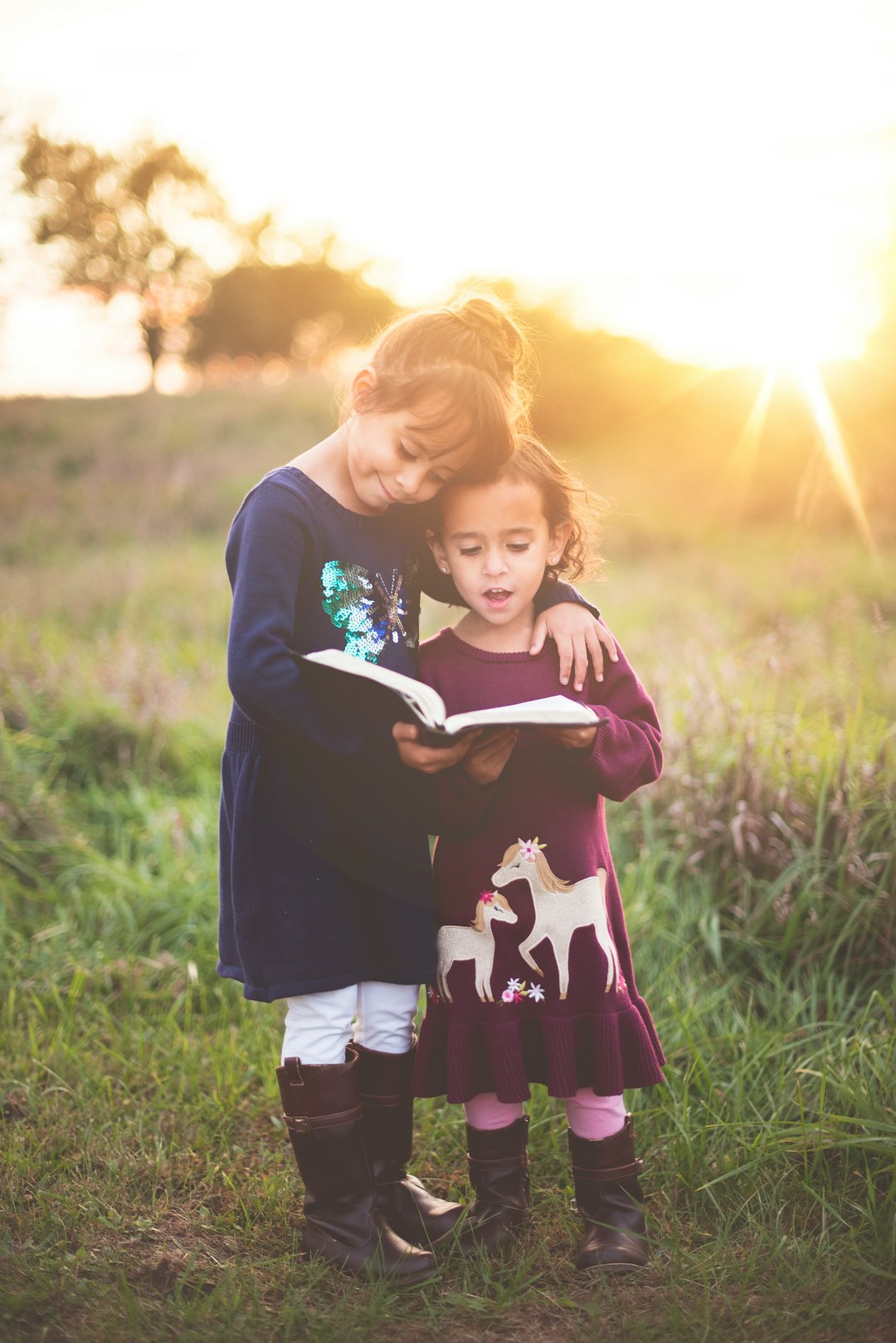
Share this post